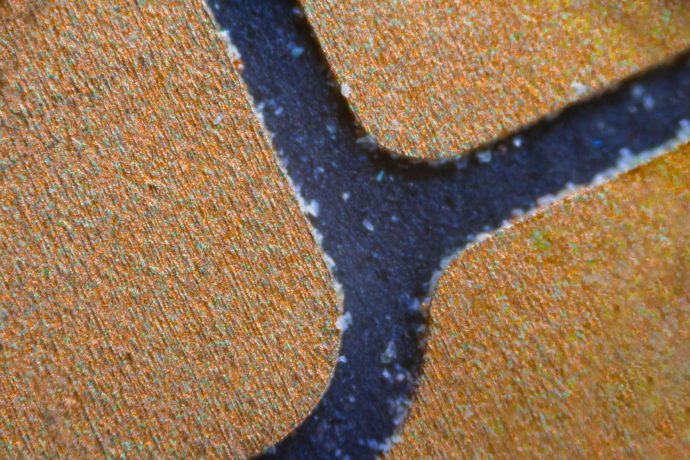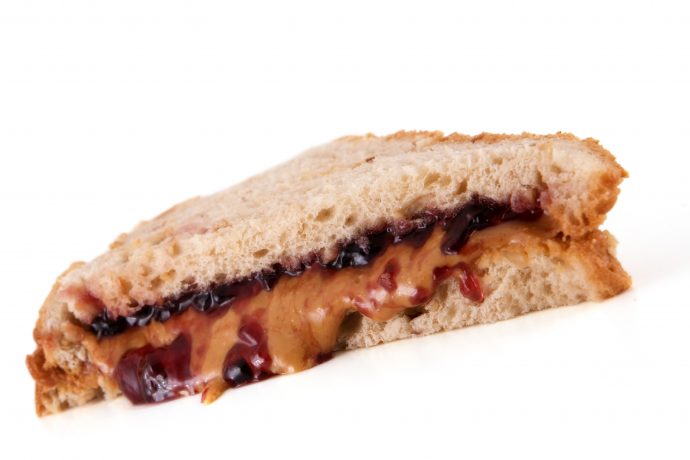Search this site
Three Benefits of Thermally Conductive Adhesives for High Reliability Heat Sink Applications

Heat sinks are used to keep parts cool – from computer CPUs to components for aerospace and medical device applications. The smaller the device, the more heat they produce.
To attach a heat sink to a heat-generating component, engineers often turn to thermal pads or grease. One reason is because these products have very high thermal conductivity when compared to epoxy or urethane adhesives. Another is their convenience.
Thermoset adhesives, however, shouldn’t be overlooked when considering thermal conductivity options, as they provide high reliability and superior performance when failure is simply not an option.
Problems associated with thermal pads and grease
Although very easy to use, the problems associated with thermal pads and grease include pad slippage, air gaps, and pump out. For critical applications such as aerospace, any one of these can cause catastrophic failure.
Pad slippage
For stable applications where components or systems aren’t subject to stress, such as vibration during thermal cycling, a thermal pad may be fine.
However, the smallest slippage will result in small breaks in the connection, and thus air bubbles in the thermal path. Air bubbles increase the thermal resistance and lessen the ability for the pad to remove heat.
Air gaps
Because the surfaces of both the heat sink and the component are very bumpy at the microscopic level, you need to fill in these gaps for superior heat path integrity.
A pad needs pressure to conform to the component and heat sink surfaces. Both pads and grease need secondary measures to secure the heat sink in place – e.g. screws.

Figure 1: Surface of NFC chip under a microscope; note the rough surface
Pump out
Think of a peanut butter and jelly sandwich – and how the peanut butter and jelly tend to ooze out from the slices of bread. The technical term for this “oozing” process is “pump out.”

Figure 2: Pump out is ok for your sandwich, but not your critical heat sink application!
Thermal grease does not crosslink. It remains flowable, giving it the propensity to ooze out over a period of time, especially if the component is subjected to mechanical stresses and/or temperature changes.
The expansion and contraction of the heat sink and component result in the grease flowing out from between them – thus decreasing the heat transfer efficiency.
Appli-Tec urethanes and epoxies – high shear strength + thermal conductivity
For applications where failure is not an option, a thermally conductive adhesive offers significantly improved performance, including a more intimate and stronger contact between the component and the heat sink.
Eliminates slippage
Due to their high shear strength, Appli-Tec thermally conductive adhesives deliver a more intimate and stronger contact between the component and the heat sink.
Our urethane-based aerospace adhesives provide resistance to vibration and other mechanical stresses, including shrinkage. Appli-Thane® 7300 will not crack or harm rigid components during thermal cycling.
Eliminates air gaps
Because of their self-leveling and/or flowability characteristics, adhesive materials fill in the microscopic valleys of the bumpy surfaces of the component and heat sink (Figure 3) – effectively eliminating air gaps in the heat path, reducing thermal impedance, and delivering efficient heat transfer.

Figure 3: The adhesive (blue) fills in the microscopic bumps and valleys of the component and heat sink surfaces.
Eliminates pump out
Adhesives cure and become solid. A cured adhesive avoids the pump out issue and can eliminate the need for screws to attach the heat sink.
Designed for high-heat microelectronic applications
Appli-Tec’s high-performance, thermally conductive adhesives and epoxies efficiently dissipate the very high heat generated by microelectronic component while delivering significantly higher shear strength.
Our thermally conductive product line includes:
Appli-Thane Urethanes – Proven performance for mission-critical aerospace applications and high-performance electronics assemblies; ASTM-E595 low outgassing and low modulus.
Thermally Conductive Adhesives – Designed for high-heat applications, including staking, potting, and encapsulation.
New Applications
I want to discuss my application challenges, order samples, or place a first-time order.
Existing Applications
I need to reorder an existing part number, I have a BOM/Spec.

